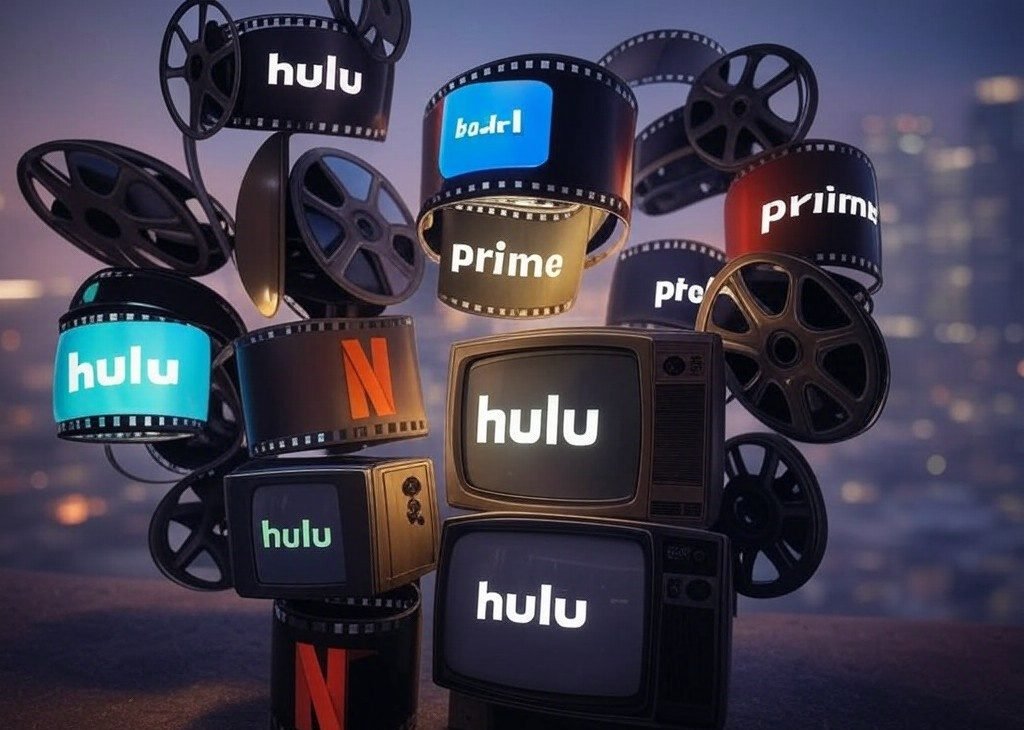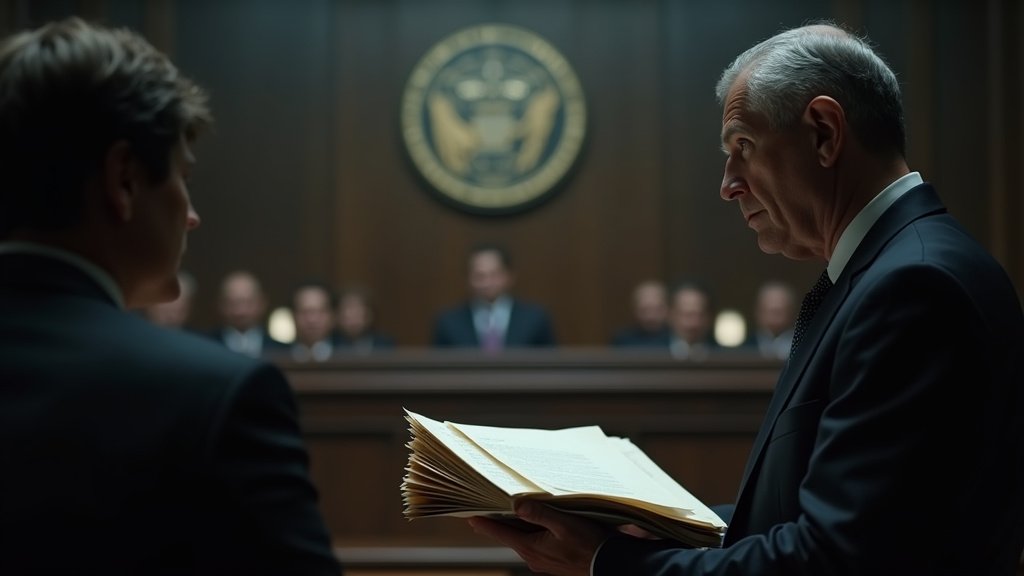The entertainment landscape has undergone a seismic shift over the past decade, and at the heart of this revolution lies the streaming platform. What once started as a niche experiment has turned into an industry juggernaut, forever altering how we consume content, how it’s created, and how the world interacts with entertainment. Let’s dive into how streaming platforms became the defining force of modern media.
Streaming services have taken a wrecking ball to the old ways of watching TV and movies. Remember the days of cable packages with 300 channels, half of which you’d never watch? Or the ritual of rushing to the local video rental store to grab the latest release before someone else did? These memories now feel like relics of a bygone era, thanks to the convenience of platforms like Netflix, Disney+, Amazon Prime Video, and countless others.
The Birth of Streaming: A Quiet Revolution
The idea of streaming movies and shows online wasn’t an overnight sensation. In the early 2000s, Netflix was primarily a DVD rental service with little indication of the entertainment behemoth it would become. In 2007, when it introduced streaming, the technology was clunky, the catalog limited, and the internet often too slow to handle it seamlessly. Yet, the seeds of change had been planted.
By offering on-demand access, Netflix solved a problem people didn’t even realize they had: waiting. No more waiting for a show to air at 8 PM, no more planning your Friday around a blockbuster’s theatrical release. Streaming made entertainment a buffet, where viewers could pick and choose what they wanted, whenever they wanted it.
Binge-Watching: A New Cultural Phenomenon
The rise of streaming brought with it a surprising new trend: binge-watching. Before streaming, episodes of a show came out one at a time, spaced out over weeks or even months. If you missed an episode, you’d have to wait for a rerun or hope someone recorded it on a VHS tape. Streaming flipped that model on its head.
Suddenly, entire seasons of a show were available at once, waiting to be devoured like a bag of chips. This led to the creation of “binge-worthy” shows designed to keep viewers glued to their screens for hours. Remember when “Stranger Things” dropped its first season? The internet exploded with theories, memes, and discussions, all within days of its release. Streaming didn’t just change how we watched—it changed how we talked about what we watched.
The Competition Heats Up
For a while, Netflix was the king of streaming, dominating the space with little competition. But success breeds rivals, and soon, a slew of competitors entered the fray. Hulu made waves with its hybrid model of on-demand content and next-day TV episodes. Amazon Prime Video leveraged its e-commerce powerhouse to bundle entertainment with free shipping perks. And then came Disney+.
Disney’s entry into the streaming market in 2019 was a game-changer. With a vault full of beloved classics, billion-dollar franchises like Marvel and Star Wars, and a laser-focused brand, Disney+ quickly became a must-have for families and fans alike. HBO Max, Apple TV+, and Peacock joined the mix, creating an increasingly crowded landscape.
This competition sparked a new “streaming war.” Each platform raced to secure exclusive rights to blockbuster movies, original series, and entire TV franchises. Remember when Netflix lost “Friends” to HBO Max and “The Office” to Peacock? These shifts highlighted how crucial content libraries are in attracting and retaining subscribers.
Streaming’s Impact on the Film Industry
It’s not just TV that streaming has disrupted. The film industry has also felt the tremors. Streaming platforms have blurred the lines between theatrical releases and at-home viewing. While major blockbusters still dominate the big screen, mid-budget films, once a staple of cinemas, have found a new home on streaming platforms.
Netflix’s investment in original films like “Roma,” “The Irishman,” and “Don’t Look Up” has legitimized streaming as a platform for serious filmmaking. The fact that “Roma” won an Oscar further underscored this point: streaming isn’t just the future of entertainment; it’s its present.
The pandemic accelerated this trend. With theaters closed, studios began experimenting with releasing films directly to streaming. Warner Bros.’ decision to release its entire 2021 slate simultaneously in theaters and on HBO Max marked a watershed moment. While this move faced backlash from filmmakers and theater owners, it also reinforced the growing dominance of streaming.
A Global Phenomenon
One of the most remarkable aspects of streaming is its global reach. In the past, international audiences often had to wait weeks or months to watch American shows and movies. Streaming changed that. Today, a Netflix subscriber in India can watch the latest season of “The Witcher” at the same time as someone in the U.S.
Streaming has also opened the door for non-English content to thrive. Shows like “Money Heist” (Spain), “Squid Game” (South Korea), and “Dark” (Germany) have become global sensations, proving that great storytelling transcends language barriers. These successes have encouraged platforms to invest in diverse, international content, enriching the entertainment landscape.
Challenges and the Road Ahead
Despite its successes, the streaming industry isn’t without challenges. The sheer number of platforms has led to “subscription fatigue.” Viewers are growing weary of juggling multiple subscriptions, each with its own fees and exclusive content. Additionally, as platforms clamp down on password sharing and raise prices, the honeymoon phase of streaming may be ending.
Another challenge lies in content overload. With thousands of shows and movies available, finding something to watch can feel overwhelming. Platforms are investing heavily in algorithms and personalization to solve this problem, but the question remains: is too much choice a bad thing?
Looking ahead, the next frontier for streaming seems to be live content. Platforms like Amazon Prime Video have already dipped their toes into live sports, while others are experimenting with live events and concerts. The blending of on-demand and live streaming could create a new hybrid model, further evolving the way we consume entertainment.
Conclusion
Streaming platforms have fundamentally reshaped the entertainment industry, offering unparalleled convenience, choice, and global access. They’ve made binge-watching a cultural norm, disrupted traditional TV and film models, and given rise to an entirely new way of experiencing stories.
As the industry continues to evolve, one thing is clear: streaming isn’t just a passing trend. It’s the new standard for how we watch, share, and connect through entertainment. From its humble beginnings to its current status as a global powerhouse, streaming has proven that sometimes, the biggest revolutions happen quietly—one click at a time.





